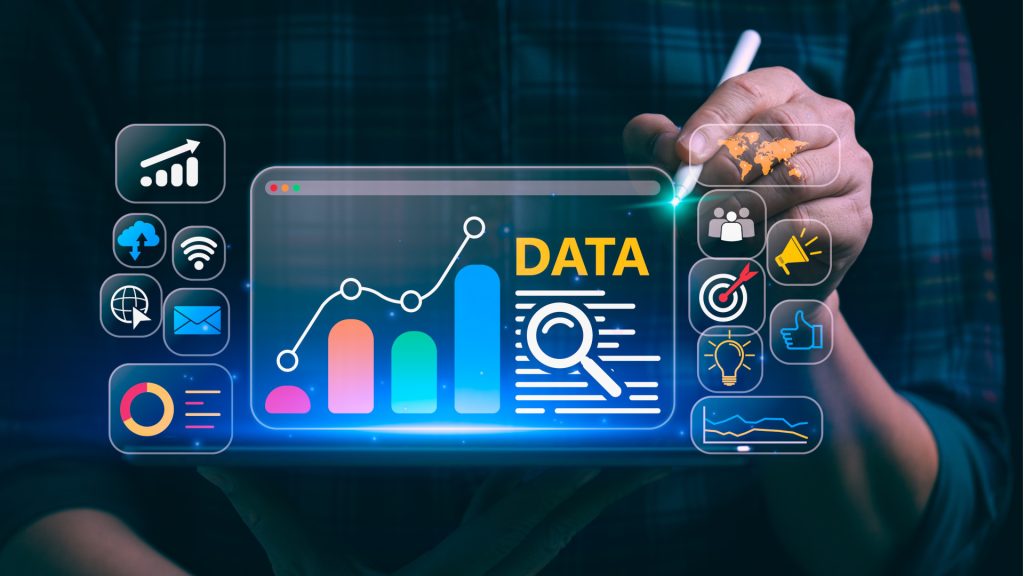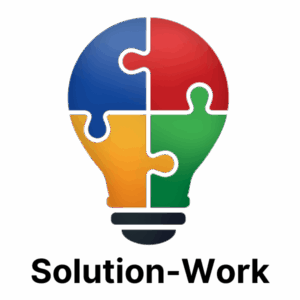From predicting the measurements of a patient in an intensive care unit to forecasting the movement of economic rhythms – forecasting makes it possible to predict the future with a certain degree of certainty and plan accordingly.
Forecasting is therefore at the heart of many modern business processes and allows a certain degree of control over otherwise often chaotic and uncertain results.
Forecasting is the science of predicting the future based on data from the past and present. It is a technique based on statistical and machine learning algorithms that learn patterns and relationships from the data. How good a prediction will be depends on both the quality of the data and the algorithms used.
Forecasting: The backbone of retail and consumer goods companies
But why is this so important, especially for the retail and manufacturing sectors? For these industries, forecasting is the lynchpin that holds the complex machinery of supply and demand together. It’s a meticulous orchestration of numbers and predictions, where a single mistake can lead to cascading effects – from large stocks of unsold goods to empty shelves.
For retailers and manufacturers of consumer goods, forecasts are not only important, they are their livelihood. They dictate their strategies, influence their decisions and ultimately determine their success. After all, it’s an environment where a one-day delay, a misjudged trend or unforeseen demand can make the difference between soaring profits and staggering losses.
Forecasting in consumer packaged goods retail is not an isolated function, but a collaborative endeavor involving multiple stakeholders. From the procurement team determining the need for raw materials to the marketing department planning promotional campaigns, accurate forecasting ensures that the efforts of all departments are synchronized and strategically aligned. This alignment is critical in an era where consumers expect personalized experiences and rapid order fulfillment.
Demand planning: accurate forecasting and effective supply chain management
Demand planning – the process of forecasting future customer demand – is based on an accurate prediction. At its core, forecasting is the most important part of demand planning. It serves as a forecasting mechanism that feeds into the broader demand planning process.
Forecasting allows demand planners to anticipate future customer demand. This process enables companies to better meet customer needs, but also to optimize their inventory levels, reduce costs and increase profitability. In addition, accurate demand forecasting contributes to sustainability as it prevents overproduction, thereby avoiding waste and conserving resources.
The demand planning process begins with collecting and analyzing historical data, including historical sales, advertising data, event data and other relevant information that can influence demand.
This data is then fed into sophisticated forecasting models, often using advanced statistical methods and machine learning. These models are designed to recognize patterns and correlations in the data in order to predict future demand with a high degree of accuracy. The predicted demand then forms the basis for various strategic and operational decisions, such as production planning, inventory management and procurement planning.
Challenges for accurate forecasting in the retail and consumer goods industry
Accurate forecasting in the retail and consumer goods industry poses particular challenges due to the dynamics of consumer behavior and market trends.
One of the main obstacles is the ever-changing consumer preferences, which can change rapidly due to various factors such as emerging trends, socio-economic changes and global events. This volatility makes it difficult for retailers and consumer goods manufacturers to accurately predict future demand, as past data is not always a reliable indicator of future patterns. With advanced analytics and AI techniques, these challenges can be overcome.
Another major challenge is the complexity of managing a large number of products, each with its own lifecycle and demand curve. Retailers and consumer goods manufacturers often deal with thousands of stock keeping units (SKUs), and forecasting for each individual product requires a deep understanding of its demand pattern. Seasonality makes things even more complex, as demand for certain products spikes at certain times of the year. This requires a highly nuanced forecasting approach, which can be resource intensive and difficult to scale. Sophisticated AI algorithms that can handle large amounts of data with the help of graphics processing units (GPUs) can be used to overcome this challenge.
The growing expectation for personalized shopping experiences and fast fulfillment has increased the need for accurate forecasting. Consumers now expect products to be available when and where they want them, leading to more localized and granular forecasting. This requires a sophisticated and world-class data infrastructure capable of processing and analyzing large amounts of data at a granular level. Building a robust and reliable internal data infrastructure that enables machine learning for predictions requires a lot of technical expertise and can take several months.
These challenges are exacerbated by external factors such as supply chain disruptions, changes in the regulatory environment and competition. The need for agility and flexibility in forecasting processes is paramount. However, achieving this while maintaining accuracy and efficiency is a complex undertaking that is a key challenge for the retail and consumer goods industry.
















